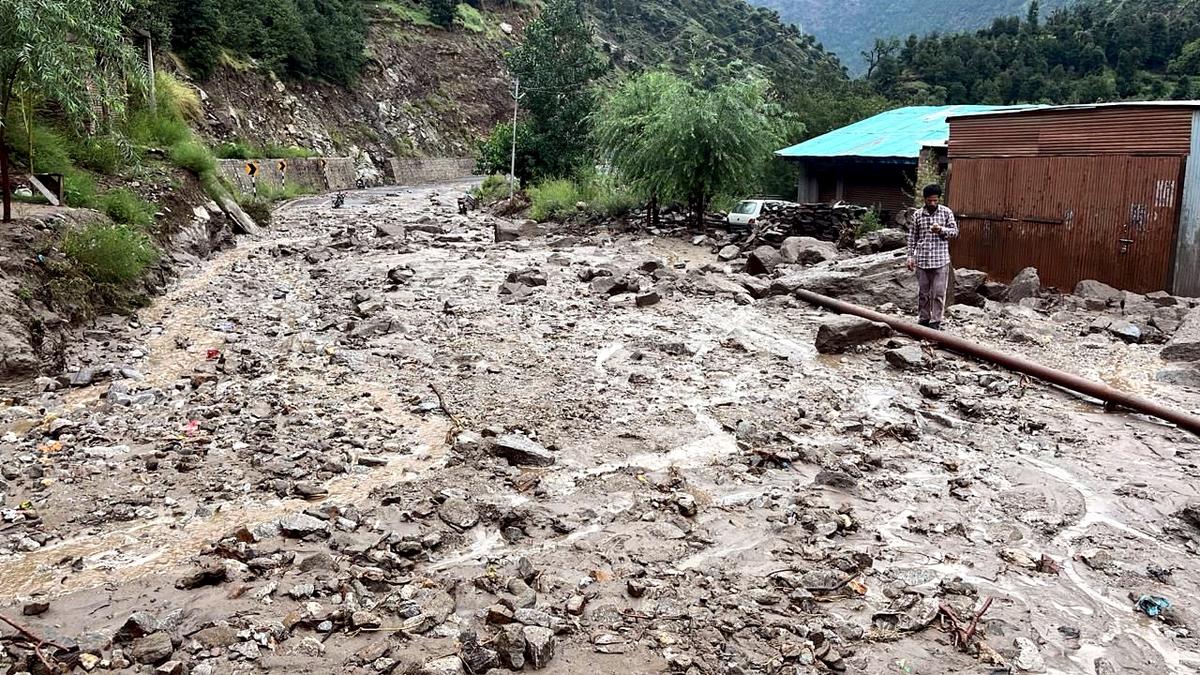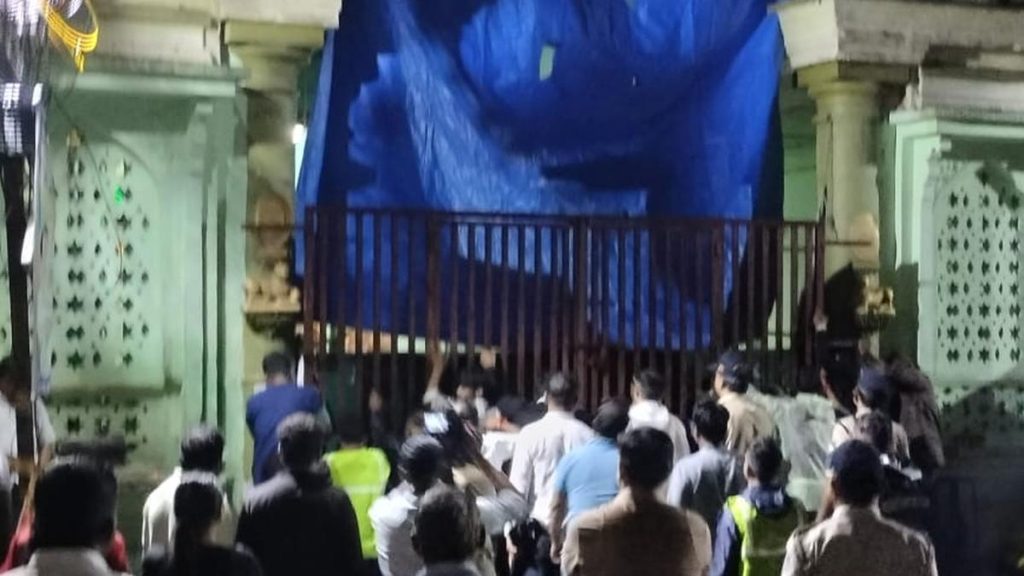Now Reading: Cause of Kishtwar Disaster Unclear: J&K Govt Investigates Cloudburst, Glacial Outburst
-
01
Cause of Kishtwar Disaster Unclear: J&K Govt Investigates Cloudburst, Glacial Outburst
Cause of Kishtwar Disaster Unclear: J&K Govt Investigates Cloudburst, Glacial Outburst

Swift Summary
- The landslide in Chashoti village, Kishtwar district, Jammu and Kashmir on August 14 caused extensive devastation, leaving 65 civilians dead and 33 missing.
- Officials are uncertain about the cause of the disaster-whether it was a cloudburst or a glacial lake outburst.
- Chief Minister Omar Abdullah emphasized the need for long-term strategies to protect vulnerable areas. He highlighted lessons from this tragedy and called for improved warnings and preventive measures.
- Recommendations include assessing vulnerable zones by experts, safeguarding agricultural lands, discouraging habitation near flood-prone areas, and establishing clear protocols.
- Relief efforts continue wiht 62 bodies handed over to families,while 66 people have been rescued. The missing persons are presumed dead.
- Lt Governor Manoj Sinha’s team reviewed damaged infrastructure such as the Chashoti bridge. Proposals for new bridges near Jasnie Nallah and Hako Nallah were discussed post-relief operations.
Indian Opinion Analysis
The Kishtwar tragedy underscores critical vulnerabilities in disaster management systems when confronting extreme weather events or geological phenomena like cloudbursts or glacial lake outbursts. While relief efforts are commendable under challenging circumstances-retrieving bodies and offering support to victims-the absence of preemptive strategies reveals systemic gaps.
Chief Minister Omar Abdullah’s push for clear SOPs in high-risk regions aligns well with India’s broader need for robust climate resilience planning. Vulnerable zones must be assessed rigorously by geologists alongside infrastructural upgrades that prioritize adaptation to future natural calamities.
The loss of critical infrastructure like bridges compounds challenges, especially given thier vital role in evacuation during emergencies.Accelerating construction projects with appropriate safeguards could mitigate risks while ensuring connectivity during crises.
Ultimately,this tragedy serves as a grim reminder that early warning systems must improve in accuracy so advisories translate into actionable steps protecting lives-not just alerting but enabling proactive measures among authorities and citizens alike.
Read more at: The Hindu























